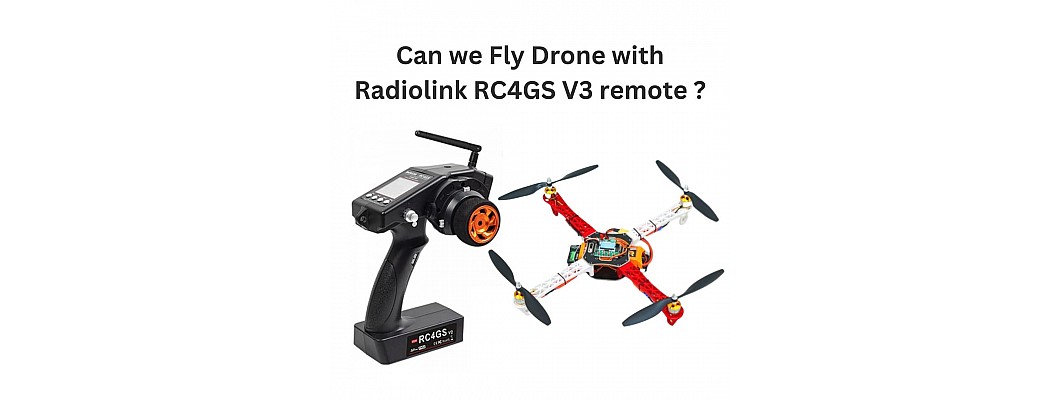
Drones have swept the globe, opening our eyes to a whole new world. Flying a drone is an exciting experience, whether you're an avid thrill seeker, an aspiring aerial photographer, or just want to see the world from above. This comprehensive guide is intended for those who are new to this adventure and are using the Radiolink RC4GS V3 remote and R6FG Receiver with Gyro. Now let's get going!
Step 1: Preparation
Before your drone takes off, make sure you're well-prepared:
- Drone: Ensure your drone is fully assembled and equipped with the R6FG Receiver.
- Radiolink RC4GS V3 Remote: Make sure your remote control is powered on and in good working order.
- Battery Check: Confirm that both your drone's battery and your remote control's batteries are fully charged.
- Safe Flying Area: Choose an open space away from buildings, people, and obstacles.
Step 2: Power On
Turn on your drone and the Radiolink RC4GS V3 remote.
Step 3: Bind the Devices
Ensuring a secure connection is crucial. Follow the binding instructions in the user manuals for both the remote and the receiver to bind them together.
Step 4: Gyro Calibration
If your drone features a built-in gyro on the R6FG Receiver, calibrate it. This step is essential for a stable flight. Consult your receiver's manual for specific calibration instructions.
Step 5: Check the Flight Controller
Your drone should be equipped with a flight controller, such as a flight control board or module. Verify that the flight controller is correctly configured to work with the receiver and remote. Check the manual for your flight controller for detailed setup instructions.
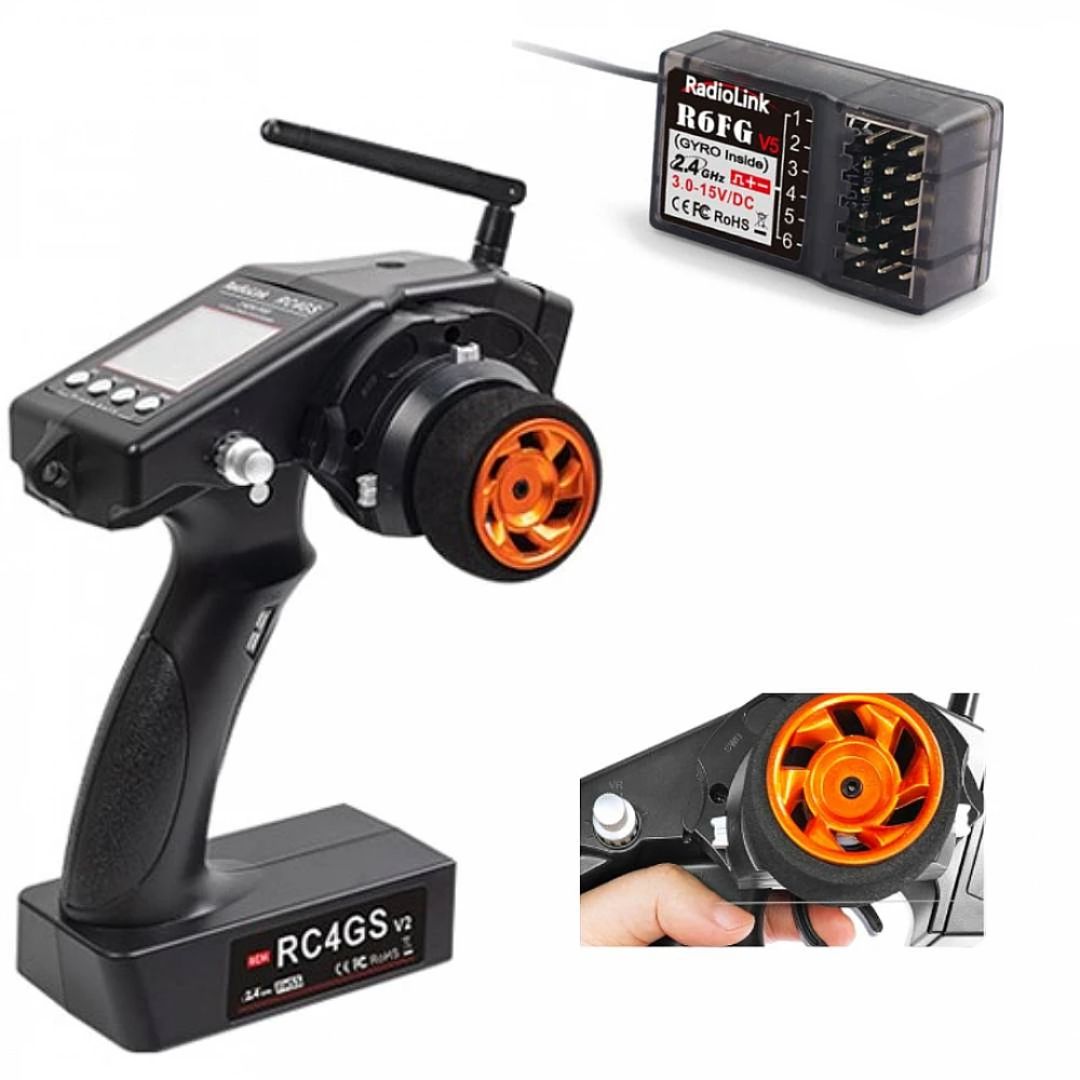
Step 6: Remote Control Settings
Configure your Radiolink RC4GS V3 remote for drone operation. Pay close attention to the channel settings:
- Throttle: Controls your drone's altitude. Pushing the throttle stick forward increases altitude, while pulling it backward decreases altitude.
- Pitch: Tilting the drone forward or backward.
- Roll: Tilting the drone left or right.
- Yaw: Rotating the drone clockwise or counterclockwise.
Refer to the remote's manual and youtube for help in adjusting these settings.
Step 7: Safety First
Prioritize safety when flying your drone:
- Choose an open area away from buildings, people, and obstacles.
- For beginners, consider using propeller guards to prevent accidents.
- Always adhere to local regulations and safety guidelines.
Step 8: Take Off
With all your equipment in place and safety measures followed, it's time for liftoff:
- Slowly push the throttle stick upward to increase the power to the motors.
- Your drone will begin to ascend. Continue to increase throttle until it hovers at your desired altitude.
Step 9: Flying and Maneuvering
Now that your drone is in the air, practice different movements:
- Use the pitch and roll sticks to tilt the drone forward, backward, left, or right.
- Rotate the yaw stick to change the drone's orientation.
Step 10: Landing
Landing your drone safely is just as important as taking off:
- Slowly decrease the throttle to reduce altitude.
- Gently lower the drone to the ground.
It's an exciting experience to fly a drone with the Radiolink RC4GS V3 remote and R6FG Receiver. You'll be able to take advantage of your drone's full potential and fly above new places as you gain experience and confidence. Enjoy your soaring adventures and always remember to fly sensibly and in compliance with local laws!
Happy flying!

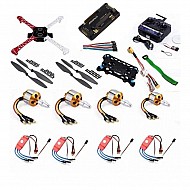
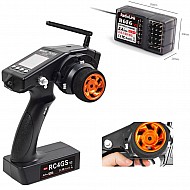
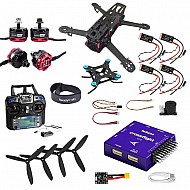

Leave a Comment